What is an UN-rated drum?
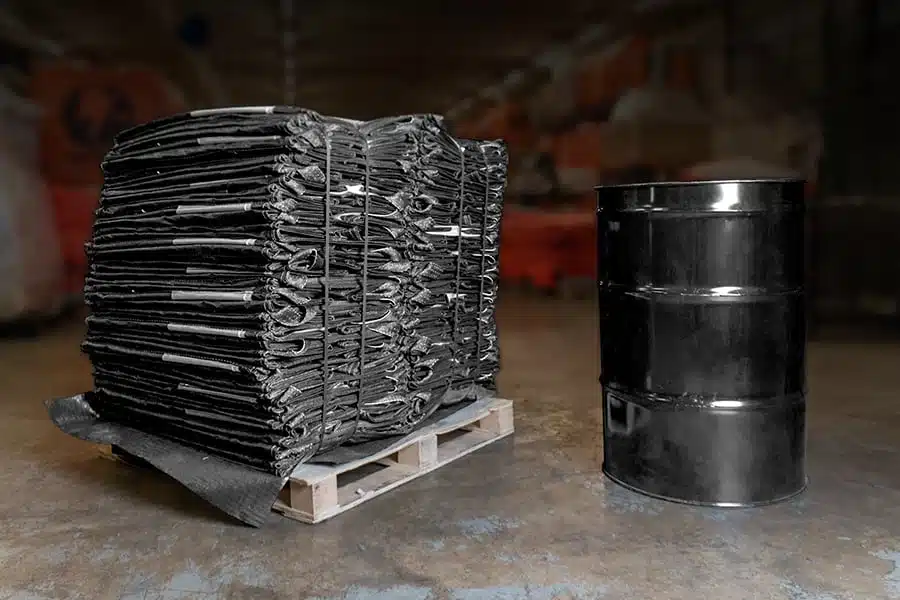
When it comes to storing or transporting hazardous materials, safety and compliance depend on one critical factor—the container. A 55 gallon hazmat drum or any other type of hazardous waste drum must meet strict standards to ensure it can safely contain potentially dangerous substances. This is where UN-rated drums come in. These containers are tested […]
What is the EPA rule for empty drum?

Properly managing hazardous waste does not end once the container is emptied. The U.S. Environmental Protection Agency (EPA) has established clear regulations that define when a drum that once held hazardous materials can be considered “empty.” Understanding these rules is essential for maintaining compliance, ensuring workplace safety, and preventing environmental contamination. Whether your facility uses […]
How Do You Prevent Leaks And Spills During Drum Transport?

Transporting hazardous materials requires extreme care. Even small leaks or spills during transit can result in environmental damage, safety hazards, and regulatory violations. Whether you’re shipping chemicals, industrial waste, or other dangerous goods, proper handling and packaging are essential to minimize risks. From selecting the right hazmat drums to following loading and inspection protocols, every […]
Can you stack hazardous waste drums?
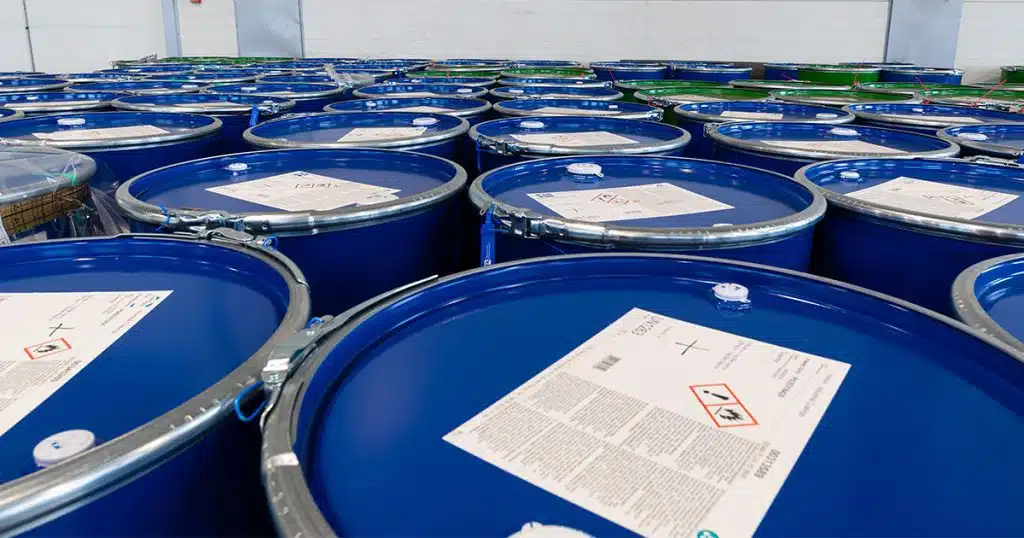
In facilities that manage chemical or industrial waste, storage space is often limited. Stacking drums might seem like an efficient way to maximize space, but when hazardous materials are involved, safety must always come first. Whether using a 55 gallon hazmat drum or an advanced collapsible container, understanding stacking regulations, weight limits, and compatibility is […]
What should be considered in choosing the appropriate waste storage container?

Selecting the right waste storage container is one of the most important decisions for any facility that handles hazardous or chemical waste. The container must not only meet regulatory standards but also match the specific characteristics of the waste being stored. Choosing incorrectly can lead to leaks, environmental contamination, or safety violations. Whether you’re managing […]
What should a hazardous waste drum have on it?
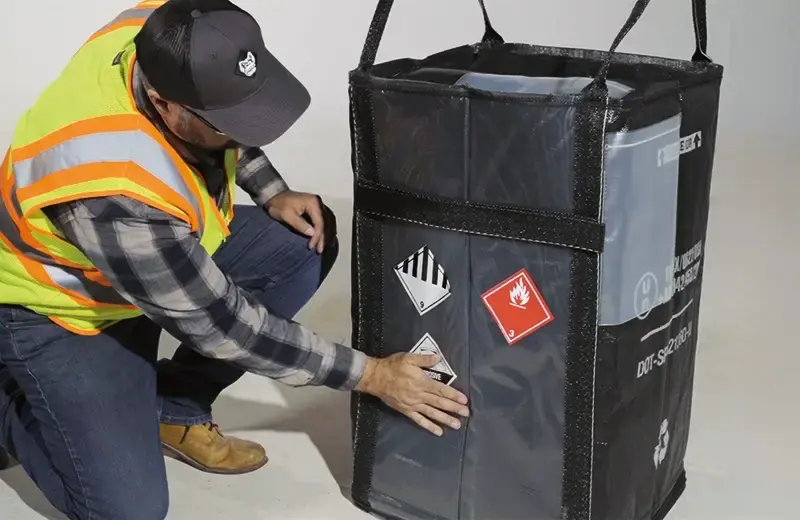
When it comes to handling hazardous materials, safety and compliance depend on much more than just choosing the right container. Every hazardous waste drum must be clearly labeled and properly marked to meet environmental, transportation, and workplace safety regulations. Whether it’s a 55 gallon hazmat drum, a chemical barrel, or a DOT approved hazmat container, […]
How Do Drum Alternatives Handle Hazardous Liquids And Solids?
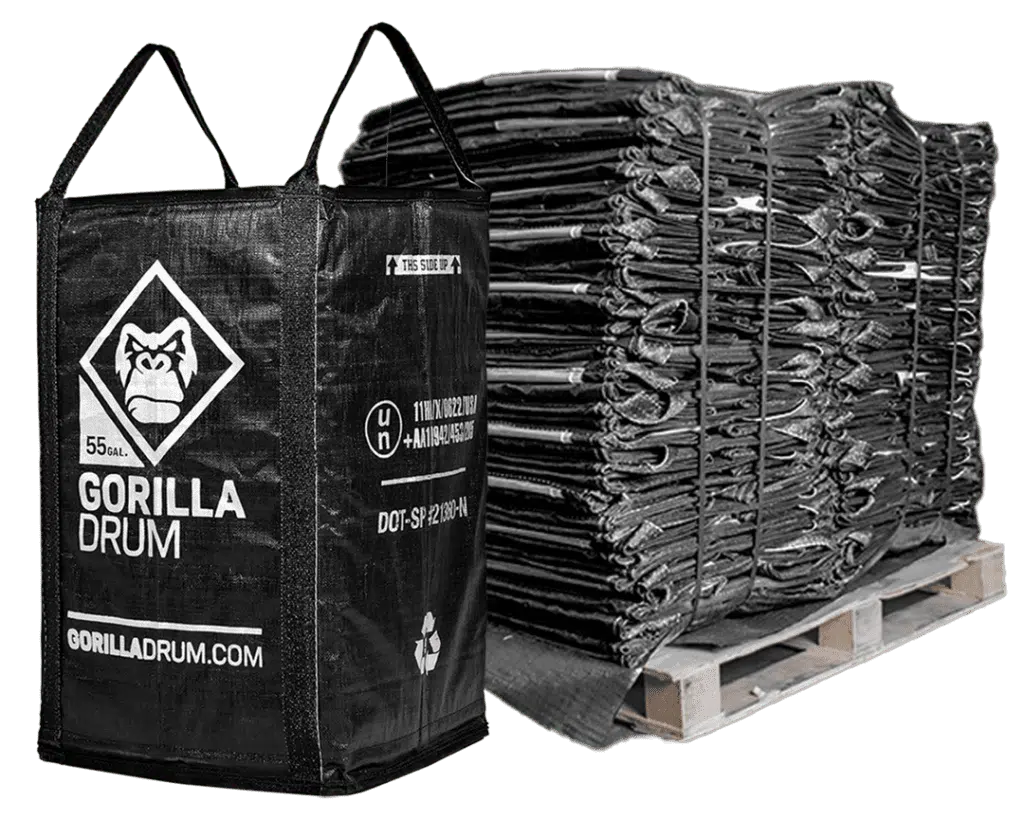
When it comes to hazardous waste management, choosing the right containment solution is critical. Traditional 55 gallon hazmat drums have been the industry standard for decades, but new innovations are transforming how hazardous materials are stored, handled, and transported. Modern drum alternatives offer safer, lighter, and more efficient ways to contain hazardous liquids and solids […]
Why Are More Companies Switching To Collapsible Hazmat Drums?
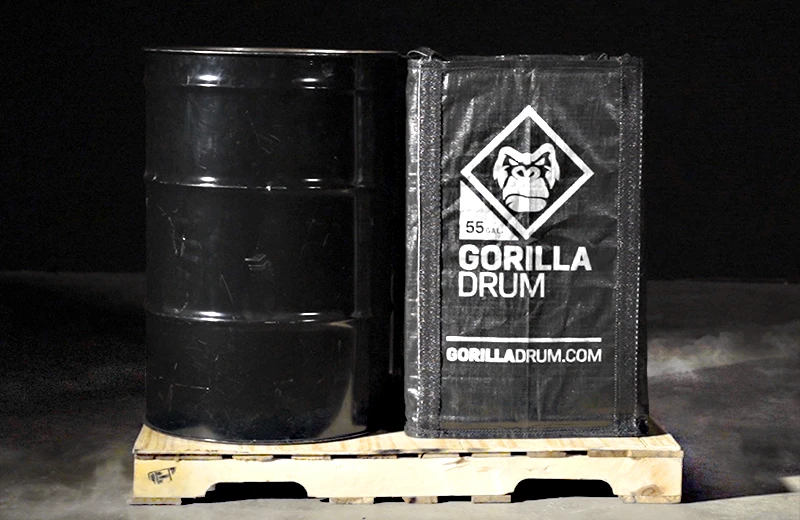
In industries that handle hazardous materials, efficiency and safety are everything. For decades, the standard 55 gallon hazmat drum has been the go-to container for chemical waste, industrial byproducts, and regulated materials. While reliable, these traditional drums come with limitations—bulkiness, storage inefficiency, and high transport costs among them. Today, more companies are switching to collapsible […]
What’s Better Than A 55 Gallon Drum For Hazardous Waste?
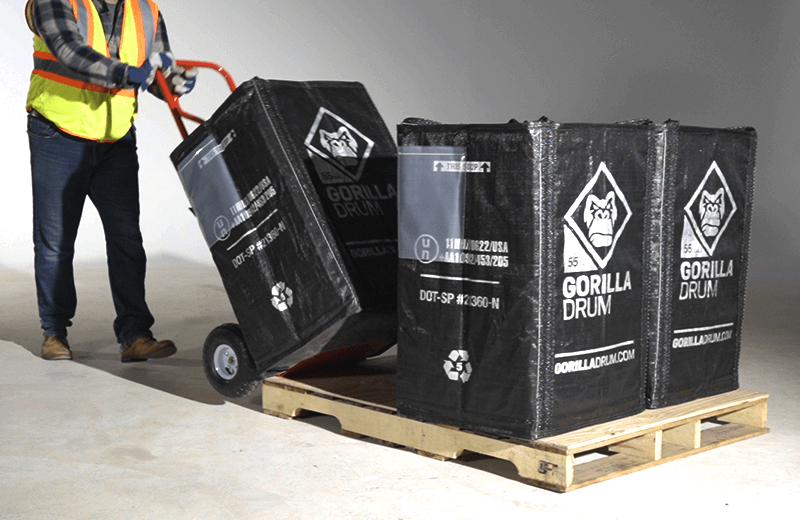
For decades, the 55 gallon hazmat drum has been the standard for hazardous waste storage and transport. Its size, durability, and availability made it the go-to solution for industrial, environmental, and chemical waste handling. But as regulations tighten and industries evolve, the traditional drum is showing its limitations. Today, many facilities are turning to advanced […]
What is the proper way to store chemical waste?

Proper chemical waste storage is one of the most important safety measures in any facility that handles hazardous materials. Whether you work in manufacturing, research, or waste management, storing chemical waste incorrectly can lead to serious hazards, including leaks, fires, and environmental contamination. Understanding how to store waste properly and using the right containers—such as […]

